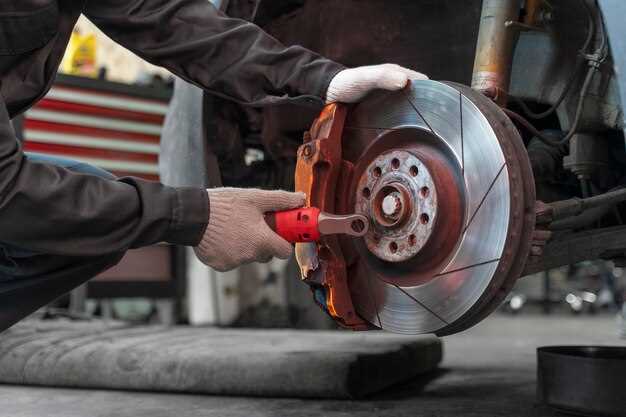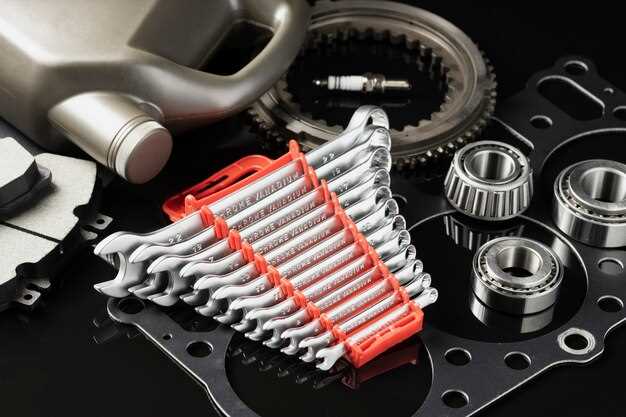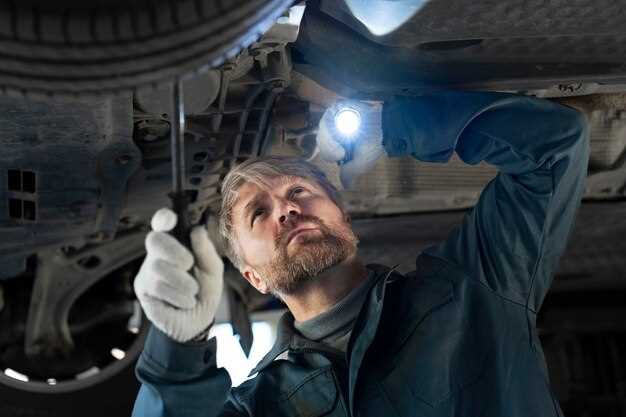
When considering modifications to enhance a vehicle’s performance, one of the most critical upgrades is often the braking system. Performance brakes offer improved stopping power, enhanced heat dissipation, and better overall responsiveness compared to standard brakes. However, the question remains: is investing in performance brakes a wise choice for your vehicle?
Performance brakes can significantly impact your driving experience, especially for those who engage in spirited driving or track days. The benefits include shorter stopping distances, reduced brake fade during prolonged use, and increased pedal feel, all of which contribute to greater driver confidence and safety. For many enthusiasts, these advantages justify the investment.
On the other hand, the cost of upgrading to performance brakes can be substantial. This includes not only the price of the components themselves, such as rotors and pads, but also potential installation costs if you choose to employ a professional mechanic. Thus, understanding your specific driving needs, budget, and intended usage is crucial in determining whether this upgrade is a prudent financial decision.
In conclusion, upgrading to performance brakes can enhance both safety and driving pleasure, but it is essential to weigh the costs against your personal requirements and driving habits. By carefully considering these factors, you can make an informed choice that aligns with your automotive goals.
Assessing the Performance Gain vs. Cost of Upgrading

Upgrading to performance brakes can significantly enhance your vehicle’s stopping power, heat dissipation, and overall handling characteristics. However, the decision to invest in these components must be weighed carefully against the associated costs. Understanding both the tangible performance gains and the financial implications is essential for making an informed choice.
Performance brakes typically provide improved braking distance and superior performance during high-speed driving or in demanding conditions, such as racing or off-roading. Materials like carbon-ceramic or upgraded metallic compounds enhance fade resistance and maintain consistent performance even under extreme heat. This means not only better stopping power but also improved safety and control.
The costs associated with upgrading can vary widely based on factors such as brand, materials, and installation complexity. Performance brake kits can range from a few hundred to several thousand dollars. It is essential to consider whether the performance benefits align with your driving style and conditions. For enthusiastic drivers or those who frequently encounter high-stress situations, the investment may be justified. However, for casual drivers or those primarily using their vehicle for commuting, the stock brakes may suffice.
Another factor to consider is the longevity and maintenance of performance brakes. While these upgrades may last longer under aggressive driving conditions, they can be more expensive to maintain, with higher costs for replacement pads and rotors. Additionally, performance brakes may produce more dust and noise, which could affect driving comfort and cleanliness.
In summary, assessing the performance gain versus the cost of upgrading to performance brakes involves evaluating your specific driving needs, budget, and long-term maintenance considerations. If the enhancements align with your expectations and you’re prepared for the financial commitment, the upgrade can be a worthwhile investment. However, if the benefits do not substantially impact your driving experience, it may be best to stick with the factory-installed brakes.
Understanding Different Types of Performance Brakes and Their Benefits

Performance brakes come in various designs, each tailored to meet specific driving needs and preferences. Understanding these types can help you make an informed decision about upgrading your braking system.
One common type is the ceramic brake system, known for its lightweight and high resistance to thermal fade. Ceramic brakes provide superior performance during extreme conditions, making them ideal for high-speed driving and motorsports. Additionally, they produce less dust compared to traditional pads, maintaining cleaner wheels.
Another popular option is the slotted brake rotor. These rotors feature grooves that help channel away heat and gas that can build up during braking. This design improves braking performance, especially during hard stops. Slotted rotors are particularly beneficial for track enthusiasts, enhancing pedal feel and response.
Drilled rotors are also common in performance brake systems. They have holes drilled through the face that assist in enhancing cooling, reducing the risk of brake fade. This type of rotor can improve wet-weather performance by allowing water to escape more effectively, thereby maintaining a consistent grip on the road.
Performance brake pads can significantly influence the effectiveness of your braking system. Options such as semi-metallic pads offer great stopping power and durability in various conditions. For racers seeking maximum performance, high-friction pads made from specialized materials can deliver improved grip at elevated temperatures, although they may wear out more quickly than standard pads.
Ultimately, the choice of performance brake type should align with your driving style, vehicle usage, and personal preferences. Investing in the right performance brakes can lead to enhanced safety, improved handling, and an overall better driving experience.
Evaluating Installation and Maintenance Considerations for Performance Brakes
When considering an upgrade to performance brakes, it is essential to evaluate both installation and maintenance aspects to ensure a successful investment. Performance brake systems often require specialized installation techniques due to their unique components, which may differ considerably from standard brakes.
Installation can range from straightforward to complex, depending on the make and model of your vehicle as well as the specific performance brake kit chosen. Many performance brake kits come with detailed instructions; however, professional installation is recommended for those unfamiliar with brake systems. Errors during installation can lead to decreased performance and safety issues.
Once installed, maintenance becomes crucial to ensure the longevity and effectiveness of performance brakes. Unlike standard brakes, performance systems typically utilize higher friction materials that may wear faster, necessitating more frequent inspections. Regular checks should include assessing disc wear, pad thickness, and fluid levels. Proper maintenance not only enhances performance but also contributes to overall vehicle safety.
It is also important to consider that performance brakes generate more heat than standard systems. This requires using high-quality brake fluid that can withstand elevated temperatures to prevent brake fade. Monitoring brake fluid levels and replacing it regularly are vital for maintaining optimal brake function.
Lastly, owners must be prepared for potential increased maintenance costs associated with performance brakes. The necessity for premium components and the possibility of more frequent service can lead to higher overall expenses. Thus, weighing the benefits of enhanced braking performance against these considerations is crucial before making the upgrade.




